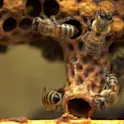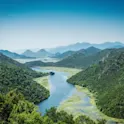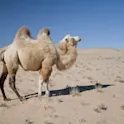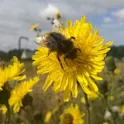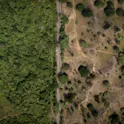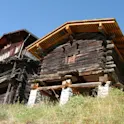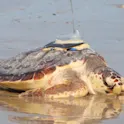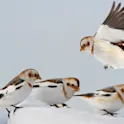
Environment
20 Jul 2022
Heat wave: article collections on the global impact of rising temperatures
As the temperature rises this summer, we have gathered our top article collections on how heat effects us and the planet. With collective views of over 1 million, researchers were fired up by topics spanning from plant heat stress and weather extremes in the urban environment to marine heatwaves and human heat acclimation. Article collections: Wild fires 16 articles | 104,000 views Addressing our current understanding of wildland fires, with a specific focus on engineering approaches to mitigate the harmful effects of fires Human heat acclimation 13 articles | 95,000 views Recent advances in our understanding of the physiological mechanisms underlying the adaptive process in vulnerable populations, and whether heat acclimation is beneficial for all populations Marine heatwaves 23 articles | 285,000 views A comprehensive overview of current research on marine heatwaves from across the range of marine science disciplines, covering physical processes through ecological impacts Drought and water scarcity 19 articles | 76,000 views Highlighting critical gaps in our understanding of water scarcity and setting urgent priorities for research and action, providing an international platform for generating an integrated perspective on this complex and socially constructed environmental hazard Overheated animals 7 articles | 29,000 views Demonstrating that climate change […]
